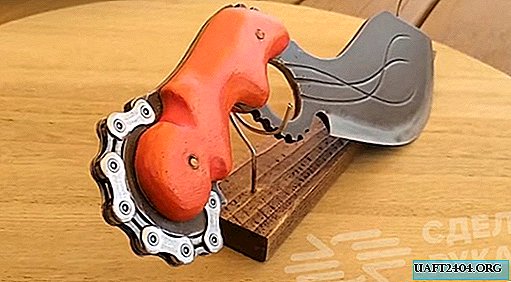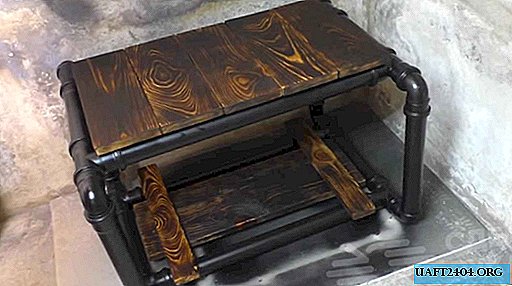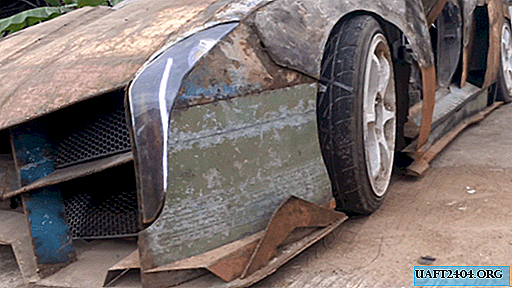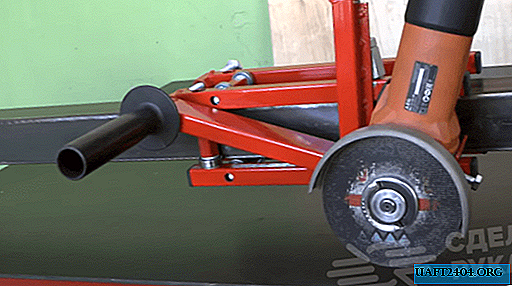Share
Pin
Tweet
Send
Share
Send

Aligning the walls is a rather complicated construction operation that requires certain skills. It is especially difficult when the wall surface has a large blockage, or horizontal or vertical curvature. Therefore, before proceeding with the decoration of the premises, it is necessary to align the walls as much as possible.
There are many types of plaster for leveling the wall. It can be purchased as a mixture, which must be diluted with water. It can be gypsum, cement, lime, and other types of mixtures, which have their own characteristics and advantages. If you do not know which mixture is best suited in your case, it is best to consult with specialists.
Getting to leveling the walls
First you need to prepare the walls for alignment, cleaning it from the old plaster. Therefore, beat off everything that exfoliates and is covered with cracks. Then ground the surface. To strengthen the wall, and so that the plaster holds firmly, it is necessary to fix a metal mesh.


If you fasten it to a bricklaying, then you need fast installation, and a puncher. Fast installation is fixed at a distance of 30 - 40 cm. In the holes drilled by a puncher. Next, a wire is attached to the dowel-nail, which connects the grid. If the wall is wooden, or adobe, then you can use ordinary screws, as well as a drill with a nozzle for them.
Before proceeding with the installation of vertical beacons, it is necessary, using the building or laser level, to determine the place where a minimal layer of plaster is required. There are metal and plastic beacons. In that case, if the layer of plaster is small, and the walls are more or less even, then plastic beacons can be used, since they are cheaper and easier to install.


The first lighthouse is installed at a vertical level. To do this, using a wire, fasten the lighthouse to the head of the self-tapping screw, in 3 - 4 places, and then, screwing it up to the end, align the lighthouse vertically. Depending on the layer of plaster, you can use different lengths of screws. You can slightly twist or unscrew the screws until you reach a level.







Next, you need to set up the remaining lighthouses, at that distance from each other that corresponds to the length of your rule. That is, it is necessary that you can attach your rule to three vertical beacons at once. This is necessary so that the wall is even and horizontal. An ideal option would be a 2 m rule.
Then fix the lighthouses with plaster, but so that it does not extend beyond the lighthouse.






When the mortar dries and the beacons are firmly fixed, you can begin to level the wall. You can spray the plaster between the two beacons, and then level the solution with the rule. Thus, the rule is tightly pressed against the lighthouses, and with movements it is directed from the bottom up. If the layer is too large, it is better to apply the solution in two stages. First, put the plaster between the two beacons at about half the thickness, and after it dries, apply a second layer at the level of the beacons.


Although at first glance this work may seem simple, it will be difficult for a newcomer to complete it for the first time.
Share
Pin
Tweet
Send
Share
Send











